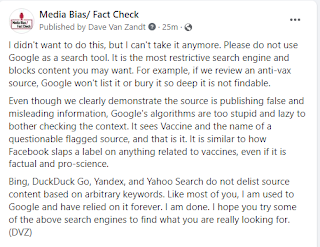Personalized, precise and predictive vaccinology's holy grail is to anticipate immune response for every individual, depending on their genetic background and all other factors that may impact vaccine immunogenicity, efficacy, and safety.
The high expense of comprehensive genomic and immune-profiling tests, however, prohibits their routine use and this disproportionally affects underserved populations.
A new paper reports preliminary results of an ongoing study of COVID-19 vaccination in geographic neighborhoods and online health support groups. Due to innovative recruitment and monitoring strategies, the study has the largest representation of active "oldest old" - individuals aged 80 or older - than all other trials with diverse age groups.REFERENCE
Gabashvili IS. The Incidence and Effect of Adverse Events Due to COVID-19 Vaccines on Breakthrough Infections: Decentralized Observational Study With Underrepresented Groups. JMIR Form Res. 2022 Nov 4;6(11):e41914. doi: 10.2196/41914. PMID: 36309347.
Current Impact score of the journal is: 2.38 (Resurchify)
JMIR Formative Research has been accepted for the Web of Science: Emerging Sources Citation Index. The journal will receive a Journal Impact Factor in 2023.







